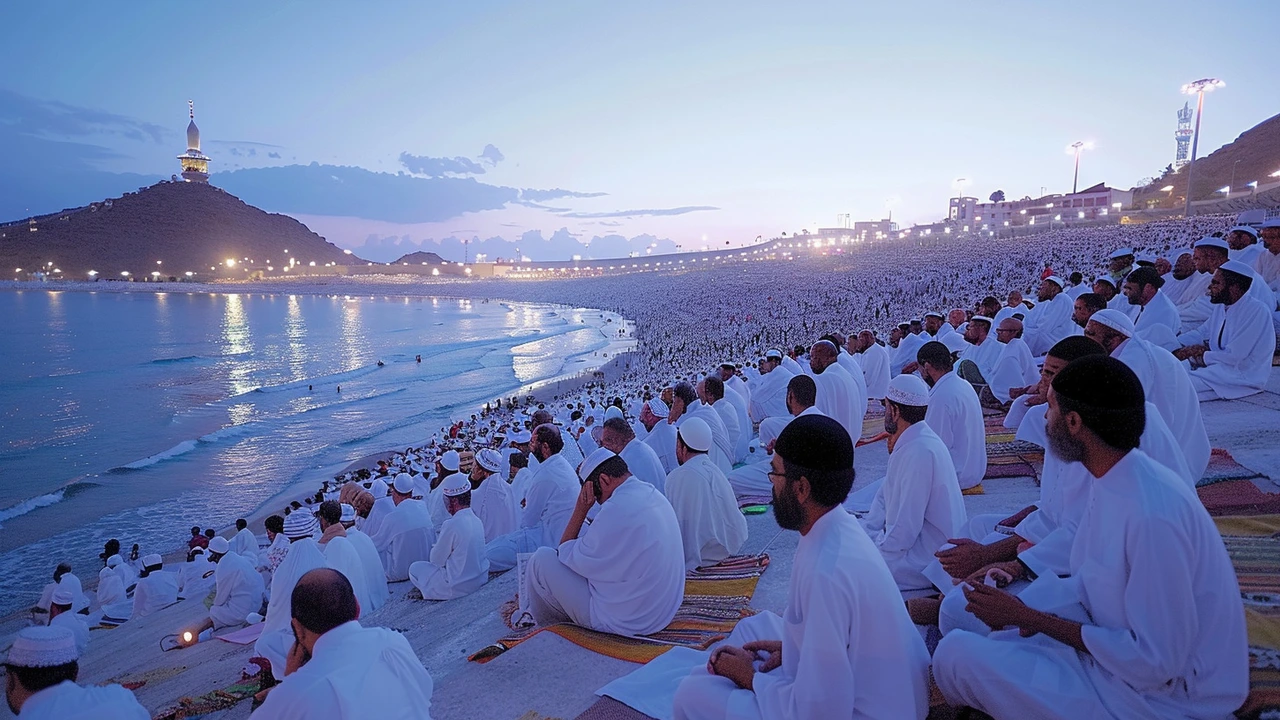Mount Arafat: What to expect and how to prepare
Every year millions gather on Mount Arafat for the day that defines the Hajj. Known as the place of standing (wuquf), Arafat is a flat plain with a small hill called Jabal al-Rahmah. Whether you’re preparing for Hajj or visiting the area, knowing the basics will make the experience safer and more meaningful.
What to expect on Arafat Day
Arafat Day runs from mid-afternoon until sunset. Pilgrims spend that time standing, praying, and making personal supplications. Expect huge crowds, loud communal prayers, and official announcements. Food and water are limited; most people bring their own supplies or get them from support teams. There’s no formal building for rituals—people gather in open spaces around the hill and across the plain.
About the place: Jabal al-Rahmah is the small rocky rise where many pause to reflect. The plain around it is where the main wuquf happens. Keep in mind this is a very crowded, tightly managed site—local authorities direct movement and set safety rules to control the flow.
Practical tips for visiting Mount Arafat
Get there early. Arrive well before mid-afternoon to find a spot and avoid last-minute crowding. If you’re with a group, pick a clear meeting point and confirm a communication plan in case phones fail.
Pack smart: bring water, a light blanket or prayer mat, sun protection (hat, sunscreen), a portable charger, and basic medicines. Wear simple, modest clothing and comfortable shoes you can walk in and remove easily. Keep ID and important documents in a secure, zipped pouch on your body.
Follow crowd safety rules. Move with the flow, don’t push against barriers, and obey stewards. If you have mobility issues, contact your group leader or the authorities ahead of time—special assistance options exist but need planning.
Respect local customs. Photography is common, but always ask before taking close photos of people. Keep noise considerate during prayers and avoid obstructing others. If you’re unsure about any rule, follow official signage and announcements.
Travel and staying nearby: Most people base themselves in Mecca or Mina and travel to Arafat by shuttle or arranged transport. Confirm pickup times and routes with your group. After sunset, pilgrims move on to Muzdalifah to continue the Hajj sequence—plan for overnight transit.
Health and weather: Arafat can get extremely hot in summer. Stay hydrated, rest in shade when possible, and watch for heat exhaustion signs. In cooler months, bring a light jacket for evening. If you have chronic health issues, carry your meds and a doctor’s note.
Final note: Being on Arafat is intense and personal. It’s crowded and emotionally charged, but being prepared helps you focus on the experience rather than logistics. Plan ahead, travel with trusted people, and follow local guidance to stay safe and calm during the day.



